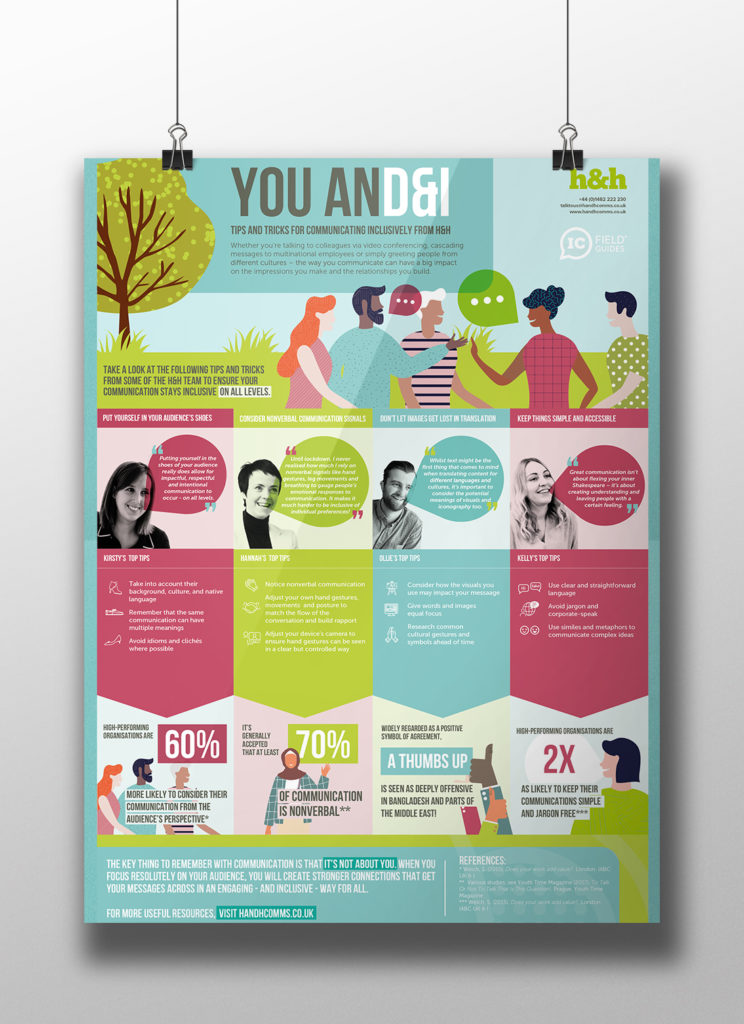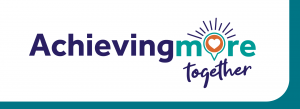Diversity and inclusion (D&I) have always been critical in business, but right now it’s more important than ever – thanks in part to recent high-profile movements over the past few years such as #BlackLivesMatter, the gender pay gap reporting, and the #MeToo movement.
And with increased diversity in the workplace being linked to enhanced financial performance, team problem-solving power and employee engagement, it’s no wonder companies are keen to create environments where employees’ differences are respected and celebrated.
For many working in internal communications, this shift has led to us doing more D&I comms. But does the industry have a diversity problem?
The Diversity & Inclusion problem
Any lack of Diversity and Inclusion research focusing specifically on IC means we must look to PR for insight. There’s no question that boardroom diversity (in terms of both race and gender) has made some progress but there’s much more to be done. Women hold a third of board roles in UK’s top public companies. A CIPR report suggests the UK PR industry is overwhelmingly white (92%) and heterosexual (86%).
IC may not have any Diversity and Inclusion data, but the importance of an inclusive mindset in IC is clear. We play a vital role in helping to create and convey company culture through internal messaging and activities. We listen to and elevate the voices of employees and help them understand how what they do contributes to their company’s strategy and future. To do this well, we need to reflect, or, at the very least, understand our employees.
Here are 5 ways we can become more inclusive internal communicators:
1. Listen to employees
Sounds simple enough, but when battling a #busybusyverybusy in-house role, employee research is often the first task to get dropped from the to-do-list. Try not to let it. After all, employees are often our key audience. If we don’t know who they are or understand their communication needs and preferences, how can we produce IC outputs that drive behavioural and emotional change?
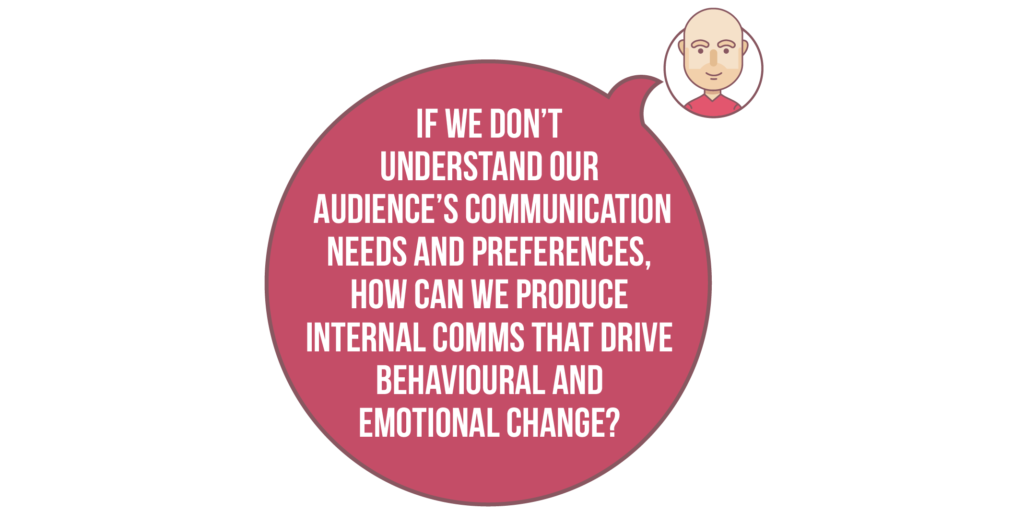
The benefits far outweigh any time and financial costs, and with so many employee feedback channels now available – engagement surveys, focus groups, IC audits or champion networks – there’s really no excuse. Informal chats with colleagues before or after meetings, or in the kitchen area, can also provide invaluable insights if you’re low on budget or time.
2. Confront your biases
Tackling cognitive biases, especially unconscious biases, in the workplace is becoming a top business priority, and for good reason. A 2017 US study found that employees who feel negatively judged by their managers are more likely to withhold their ideas and solutions, talk negatively about their employers on social media, and quit their jobs within a year.
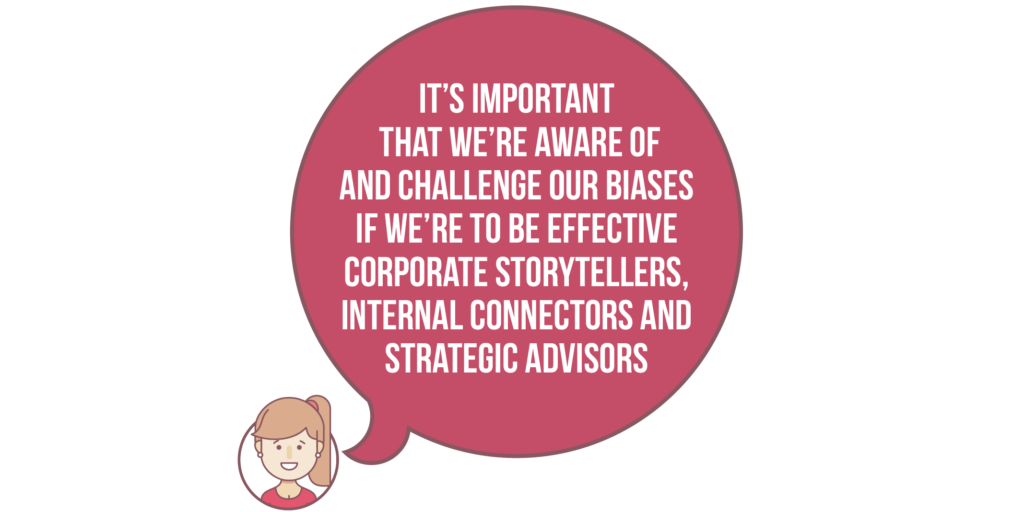
It’s important that we’re aware of and challenge our biases if we’re to be effective corporate storytellers, internal connectors and strategic advisors. One way to do this is to take our time when making key decisions – from the employees we choose to feature in our stories to the people we recruit into our teams – and ensure our choices are based on sound evidence and reasoning. I find it helpful to note my rationale for significant decisions when I write and update communication plans, in case I’m asked to explain my choices in the future.
There’s a wealth of resources to tackle biases online, including a website that tests your implicit bias, and some inspiring TED talks. You could also commit to spending time with colleagues you wouldn’t usually interact with (think Coffee Roulette). Not only will it help you gain a better understanding of different types of people in your organisation; you’ll also be expanding your internal network.
3. Don’t be afraid to challenge your stakeholders
I’ve heard a few internal comms pros refer to IC as the ‘corporate conscience’, and I couldn’t agree more. IC has evolved from exclusively serving as the managerial mouthpiece to a valuable strategic function capable of driving positive business outcomes. With this elevated position comes great responsibility, including challenging managers on behaviour, policies and practices which could alienate employees.
This can be a tough and thankless task, especially when you have to balance the needs and values of your employers with that of employees, including yourself. It’s the ultimate ethical dilemma but one that can be resolved, in part, through developing positive relationships with people in all layers of the business and having the confidence and mandate to challenge stakeholders when necessary.
4. Follow the news and public debate
We often hear the phrase “what’s internal is external” but the opposite is also true. Internal communication does not take place in a vacuum – political, economic, social, technological and legal factors external to an organisation can influence if and how employees process and respond to communication within it.
Take the #MeToo movement. The revelation of widespread sexual harassment and abuse in Hollywood in October 2017 – and the resulting public outrage – forced many organisations to review their internal culture and reiterate their approach to sexual discrimination and gender equality. It’s likely that news stories such as these will be front-of-mind for many employees, so it’s worth keeping an eye on news and public opinion on popular topics (particularly around Diversity and Inclusion issues) to prevent your internal communications from seeming out-of-touch.
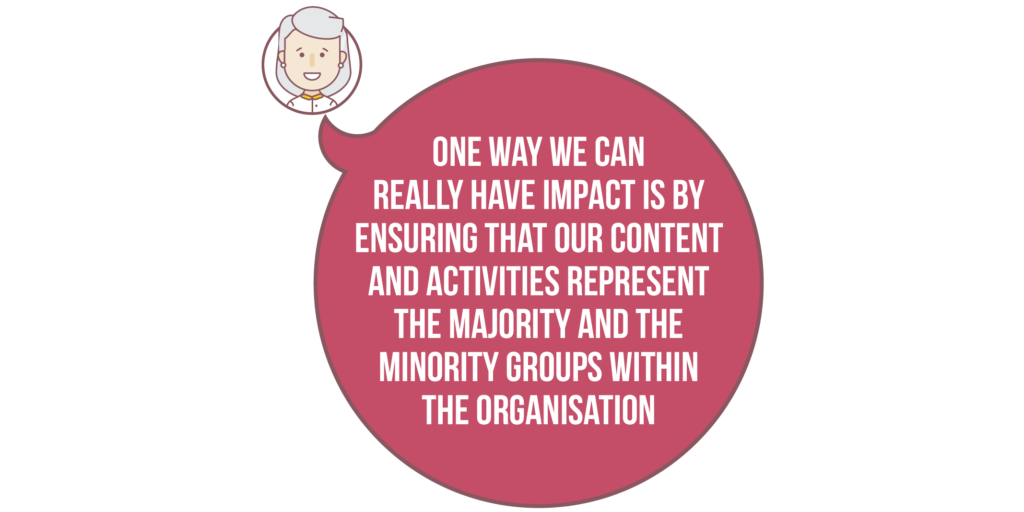
5. Aim to represent and inspire
IC’s influence on Diversity and Inclusion strategy is partly limited by the fact that it sits outside the function. One way we can really have impact is by ensuring our content and activities represent the majority and the minority groups within the employee base (however this is defined). It’s worth reviewing your teams’ outputs through a D&I lens when measuring the message or campaign impact. If you spot an unintentional trend (eg. senior leaders being over-represented in an around-the-company opinion article), challenge yourself or your team to include different people next time.
This won’t always be possible – sometimes content relates to specific people, or it may seem disingenuous to feature someone from a particular (often under-represented) social group. However, being open-minded about whose voices you elevate through your outputs can, at best, help employees to better identify with and feel supported by the organisation or, at worst, reflect D&I issues back to senior leaders spurring them into action.
Recognising and catering for a diverse workforce is no easy feat, especially for internal communicators. Workplace D&I is a moral maze – no one has all the answers and we’ll all make mistakes along the way. The key is to keep talking, challenge your own thinking and be brave. And remember that despite our differences, we all want to be treated with kindness and respect.
How to communicate inclusively
Our latest IC Field Guide highlights considerations and practical tips around how to communicate inclusively.


